Set in leafy surroundings on the outskirts of Bålsta, a small commuter town 40 minutes north-west of Stockholm, Åbergs Museum houses one of the world’s most comprehensive Disney collections, among other cartoon delights.
On approaching the home of Åbergs Museum, a lovingly restored 1895 farmhouse, certain preconceptions are unavoidable when meeting Swedish funnyman Lasse Åberg. Creator of the hugely popular Sällskapsresan films and the infamous character of Stig-Helmer, Åberg is a veritable comedic institution in Sweden.
Expecting a vision of creative dynamism — somewhere between Stig-Helmer, Åberg’s archetypal bumbling misfit, and one the energetic characters from his hit children’s TV series Trazan och Banarne — it is hard not to be taken aback by the normality of Åberg. A far cry from his exaggerated alter egos, Åberg is in reality a quiet and dignified man, if not a little shy.
But beneath the guarded exterior, a terrifically witty and dry humour lurks, as his new exhibition on tasteless souvenirs demonstrates. Based on his new book with the breathless title Souvenirs – A glimpse of the world of form that flies far under the Radar of the Aesthetics, Åberg’s collection examines the role of souvenirs from a cultural and historical perspective.
However as his wry smile betrays, he clearly delights in the sheer ridiculousness of the items on display. Arranged within the section simply titled ‘Why?’ Åberg points out one of his favourites: “Look, it’s Jimmy Carter as a giant peanut. I mean, why would you even want that?!”
There are many more hilarious and tasteless souvenirs to choose from in the collection. For example, the celebrity section holds such bizarre creations as a mouth organ printed with portraits of Gorbachev and Ronald Regan, Che Guevara playing golf and a sculpture of Jesus in a hockey scrum entitled ‘Jesus is my coach’.
Alluring though the tacky delight of the souvenir exhibition may be, the museum is far more than ships styled out of shells and cheap snow globes. Painstakingly renovated over a two year period, the interior of the museum is an inviting space designed by Åberg himself. With deep red walls and original 19th century wooden beams, it is an harmonious blend of tradition and modern design.
Åberg explains how he wanted to steer away from the austere minimalism of stereotypical Swedish interiors: “I like a mix and the unusual” he comments.
“Scandinavian design, it can be very cold. No shit under your nails… No people. The opposite to all the flowers in English design. … I couldn’t live in a house with only Scandinavian design, it’s like the house doesn’t need me. I’m destroying the effect by just being there!”.
Beyond the attentive interior design, the museum exhibits one of the world’s premier collections of Disney artefacts. Åberg explains why Disney has been such a massive influence:
“It started out when I went to Art School. I became very interested in Pop Art as the movement came during those years around 1962. The mantra of Pop Art is that if you can’t find anything to work with within one metre from you, then you aren’t a real artist. So from this, you can take a cartoon or a Mickey Mouse figure and draw him on a beer can or whatever, and I was fascinated by that. So I started to collect Disney things and use them as models for my painting and drawings”.
The Disney collection exhibits items from 1928-1938, including an original animation drawing from Steamboat Willy (the first sound film made by Disney from 1928), and storyboards and drawings signed by Walt Disney himself. Åberg describes this period as “The Golden Years, the fun years, the most adventurous years for Disney”.
The highly sanitize state of modern Disney clearly holds little thrall for Åberg. When asked who is his favourite Disney character, Åberg answers without hesitation:
“Donald Duck… Mickey was ok in the beginning but then it was very boring because it was the symbol for the American youth. They started clubs called the Mouseketeers and suddenly he was on a pedestal – he couldn’t be mean, he couldn’t hit people, he couldn’t do anything – he couldn’t drink beer or smoke. And Donald Duck can do all those things, nobody’s complaining. He’s a very human duck, he’s fiery, he gets angry fast”.
The Åberg Museum houses fascinating originals from such comic-strip giants as Prince Valiant, Tarzan, Superman, Spiderman, Popeye and The Simpsons to name but a few. The thought of spending an afternoon in a comic museum would no doubt send many running in the opposite direction, but in honesty the works on display here are genuinely riveting.
For those still not convinced by the thought of an afternoon looking at cartoons, Åbergs Museum also offers fantastic originals from Lichtenstein, Picasso, and Åberg himself amongst others.
The museum is clearly a very personal labour of love for Åberg, who is a significant patron of up and coming artists: “I’m not only choosing very safe artists, I’m buying a lot of young artists, if I feel with my stomach that it’s good. We have bought a lot of art before he or she became known, so that’s nice. This collection is over 400 pictures and we can only show half at a time. We are buying all the time – constantly trying to upgrade”.
With so much work in the art world, does this mean that Stig-Helmer has finally been put to rest? Certainly not, as Åberg explains: “The audience know him now…He’s an old friend for many people, people are curious as to what has happened to him”.
Åberg discloses that he is in fact working on a new film script, which he expects to be ready within two years.
The comedian illuminates why Stig-Helmer and his ill-fated capers are so enduringly popular to the Swedish people: “I think they are holding up a mirror, people can see themselves. .. I’m no fan of American slap-stick-type movies. I’m trying to show how we really are when we go on a charter trip or a boat trip and so on.”
On the inspiration behind his memorable lead character: “I know a couple of Stig-Helmers…The name is from my uncle. He doesn’t mind though, he’s dead. Not by hearing that I did a film about him mind you…”
See also: Photo Gallery
Åbergs Museum is open:
Tuesday to Wednesday 11:00 – 15:00
Thursday to Sunday 11:00 – 17:00.
Prices (with entrance to the Art Hall and the Trazan Hut):
Adults SEK 80, annual season ticket SEK 150
Children 3-15 years SEK 40, annual season ticket SEK 70
Family (two adults, two children) SEK 200
Directions:
By car:
From Stockholm about 45 km. Use the E18 north towards Enköping. Take the first exit to Bålsta, then left towards the town. Follow the sign posts.
From Stockholm Central – Bålsta:
Take the pendletåg (commuter train) line J35 to Bålsta. From T-Centralen, the journey takes about 40 minutes. Once at the station, the museum is about a 15 min walk away – for directions, just follow the yellow duck feet painted on the ground!
For those travelling with children, a pushchair is advisable as the walk would probably be too far for most.
Åbergs Museum
Box 233, 746 25 Bålsta, Sweden
Phone +46 8-411 00 40 , fax +46 8-411 00 47,
Email: [email protected]
For more information, please see: www.abergsmuseum.se
(Website available in English).
Lasse Åberg is an ambassador for Sweden’s National Association for Disabled Children and Youths (RBU).

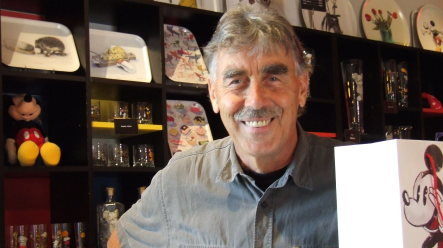
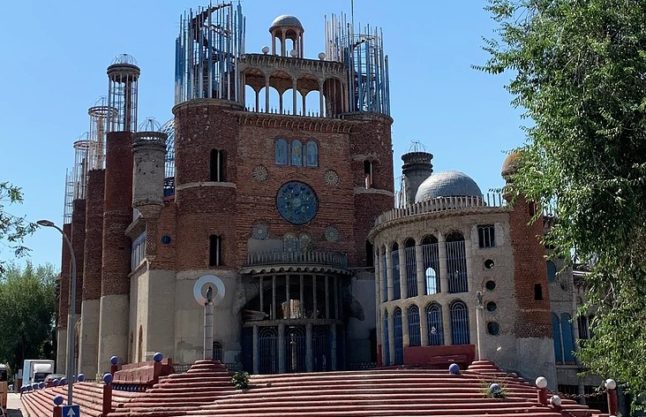
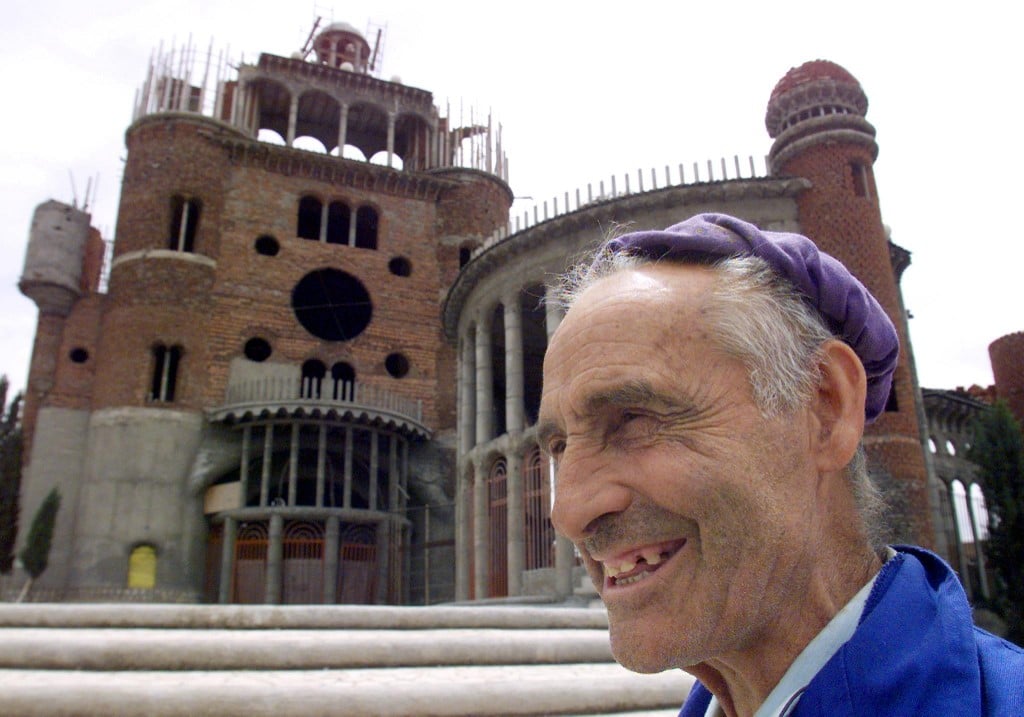


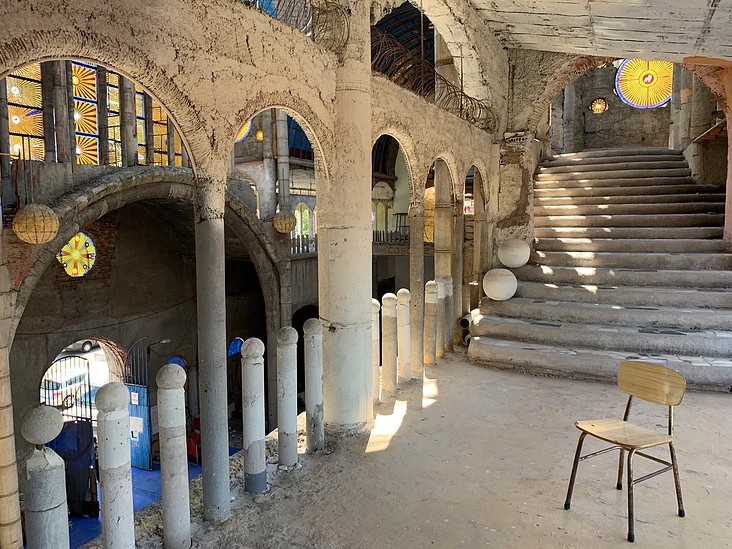

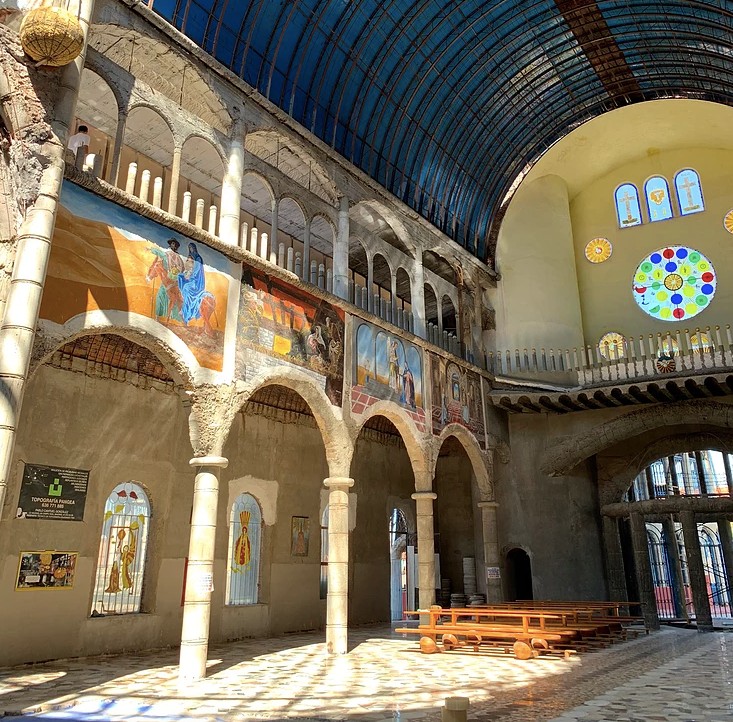

 Please whitelist us to continue reading.
Please whitelist us to continue reading.